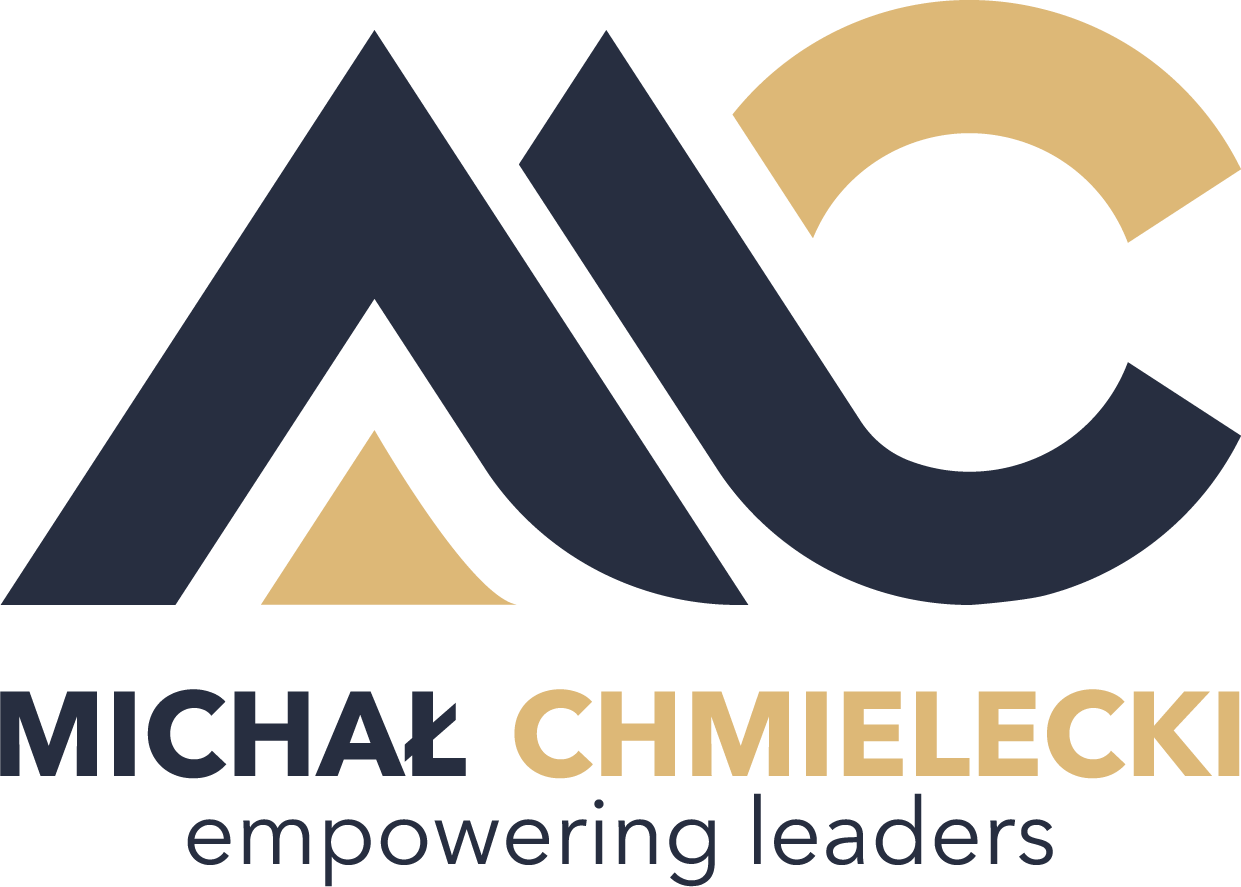Blended Learning – The Future of Effective Employee Development
Introduction
The rapid evolution of technology has transformed the way people learn.
Traditional classroom workshops are no longer enough to ensure lasting competence development, while purely digital learning often lacks interaction and engagement.
That’s why more and more organizations are adopting blended learning — an approach that combines the best elements of in-person and online education to create a flexible, effective, and scalable learning experience.
Blended learning has become one of the most powerful strategies in corporate training and development, allowing companies to achieve higher retention, stronger engagement, and measurable results.
What Is Blended Learning?
Blended learning (also known as hybrid learning) is a method that integrates traditional instructor-led sessions with digital learning tools and experiences.
It’s not just about mixing formats — it’s about designing a continuous learning journey that adapts to employees’ needs and business goals.
A typical blended learning program might include:
Live workshops or virtual classes,
E-learning modules or microlearning videos,
Coaching or mentoring sessions,
Implementation tasks and follow-up discussions,
Online knowledge-sharing platforms or forums.
This approach enables learning that’s both personalized and practical, ensuring employees can apply knowledge directly in their daily work.
Why Blended Learning Works
1. Flexibility and Accessibility
Blended learning allows participants to learn anytime, anywhere, while still benefiting from personal interaction and real-time feedback during workshops.
2. Higher Engagement and Retention
Interactive workshops supported by online exercises and challenges help reinforce knowledge over time.
According to L&D research, learners retain up to 60% more information when training combines multiple learning channels.
3. Cost Efficiency
Organizations can reduce travel and logistics costs while maintaining a high-quality learning experience.
Digital tools also make it easier to scale training across teams and locations.
4. Personalized Learning Paths
Blended learning enables learners to progress at their own pace.
Each employee can focus on the topics most relevant to their role, enhancing motivation and ownership of development.
5. Stronger Implementation and ROI
When digital content is combined with practical workshops and follow-up sessions, employees are far more likely to apply new skills on the job.
That’s why blended programs — such as negotiation and communication workshops that include digital pre-work and post-session coaching — consistently show higher ROI and longer-term impact.
Key Components of a Successful Blended Learning Program
1. Pre-Workshop Learning (Preparation)
Before the live session, participants access e-learning materials, case studies, or short videos that introduce key concepts.
This ensures they arrive prepared, maximizing the value of in-person discussions.
2. Live Workshops or Virtual Sessions
This is where collaboration and experiential learning happen.
Participants engage in simulations, role plays, or group problem-solving — crucial for developing practical skills.
3. Post-Workshop Follow-Up
After the main training, digital microlearning, feedback sessions, or follow-up coaching help reinforce the lessons learned and ensure knowledge transfer to the workplace.
4. Continuous Learning Ecosystem
Learning platforms, internal communities, and mentoring systems sustain development long after the workshop ends, building a learning culture across the organization.
The Role of Trainers and Managers
Trainers design integrated learning paths and ensure digital and in-person components complement each other.
Managers support participants by encouraging application of new skills and providing continuous feedback.
Their collaboration determines whether blended learning becomes a sustainable element of the company’s development strategy.
Blended Learning and Organizational Agility
In a fast-changing business world, the ability to learn continuously is a core competitive advantage.
Blended learning supports organizational agility by fostering adaptability, curiosity, and proactive skill development.
Companies that embrace this model don’t just train employees — they build a culture of lifelong learning aligned with business strategy.
Conclusion
Blended learning is not just a training trend — it’s the future of corporate education.
By combining human interaction with digital accessibility, organizations can deliver learning that’s flexible, scalable, and impactful.
When properly designed and supported by leaders, blended learning turns employee development into a strategic investment that drives measurable business performance.
